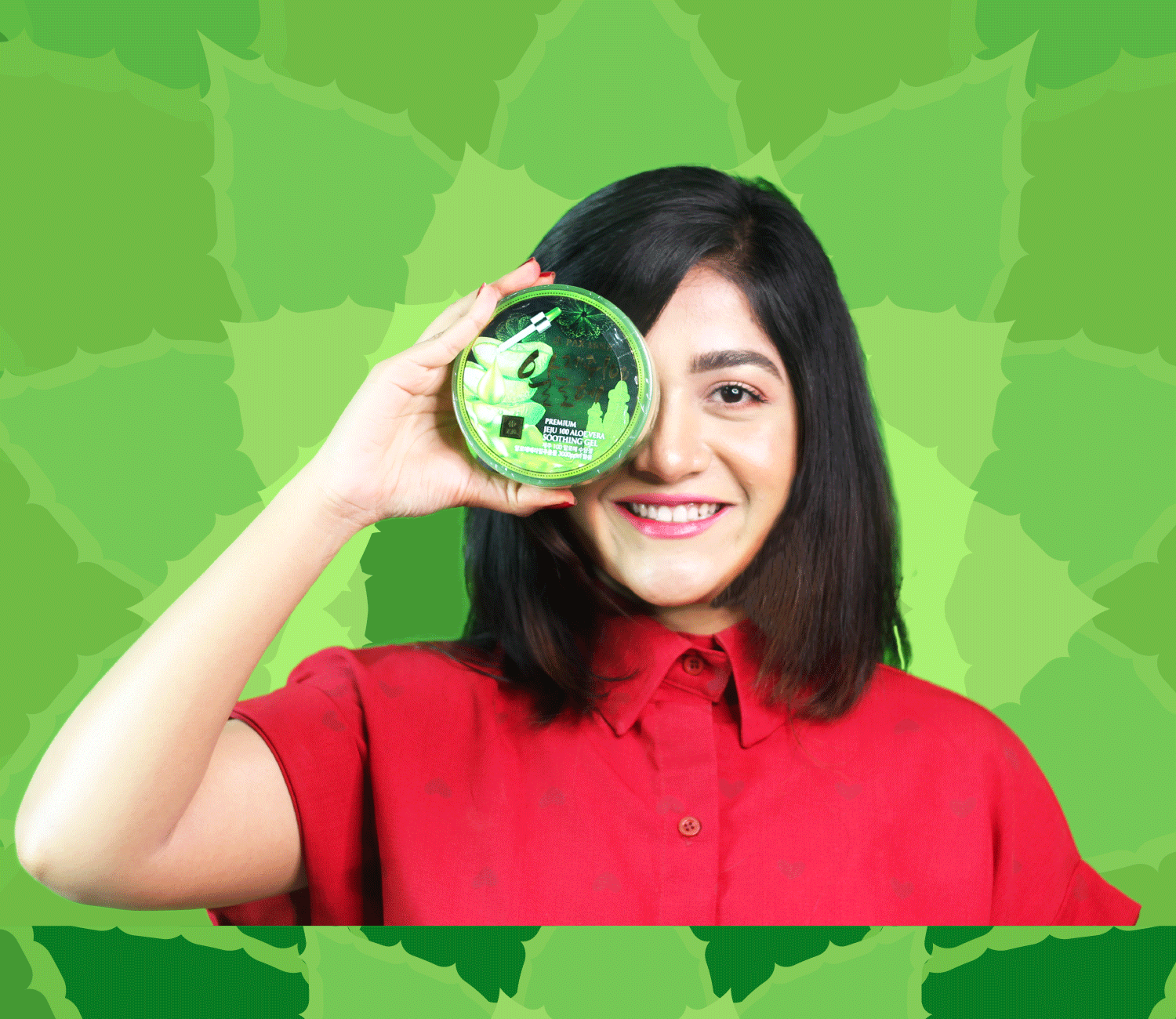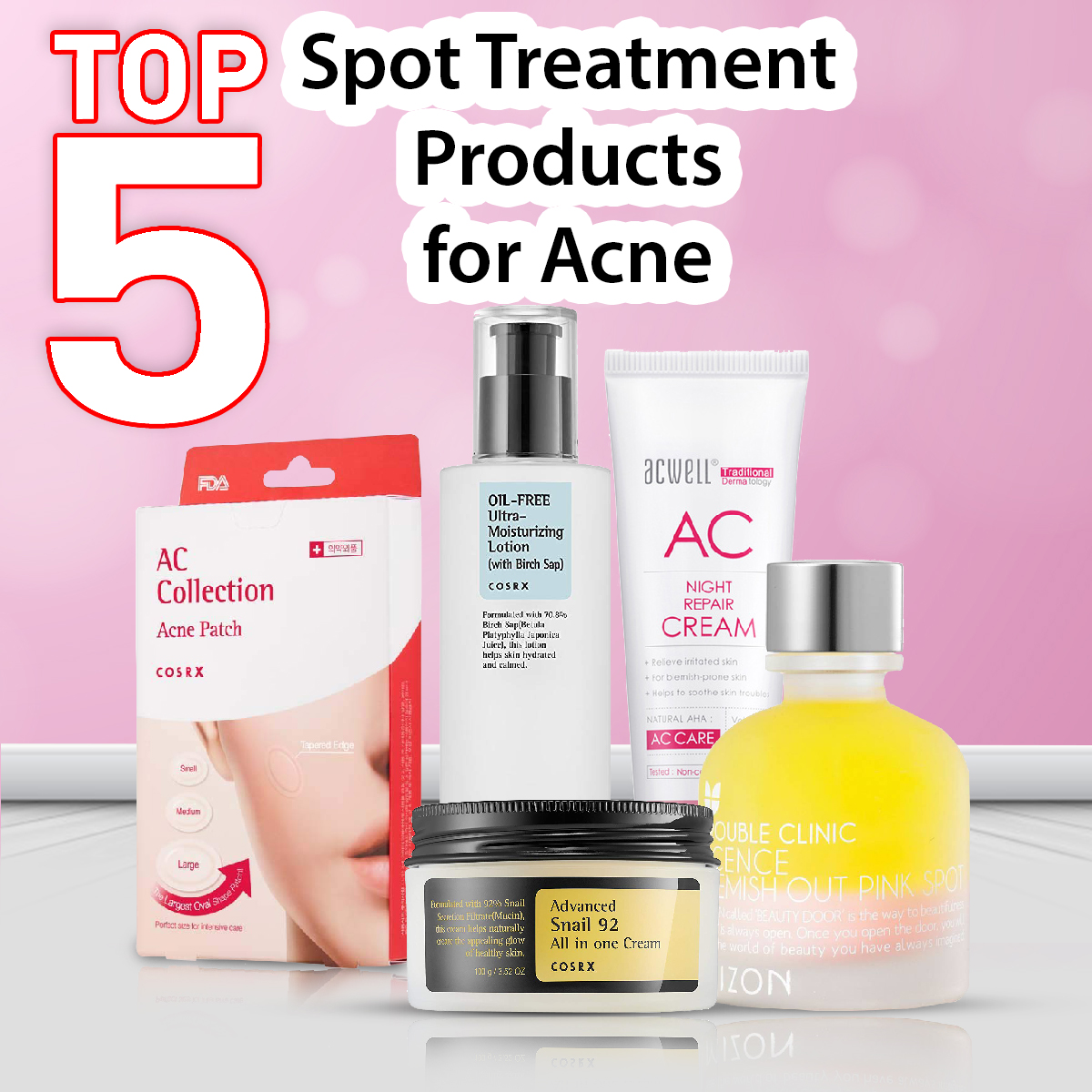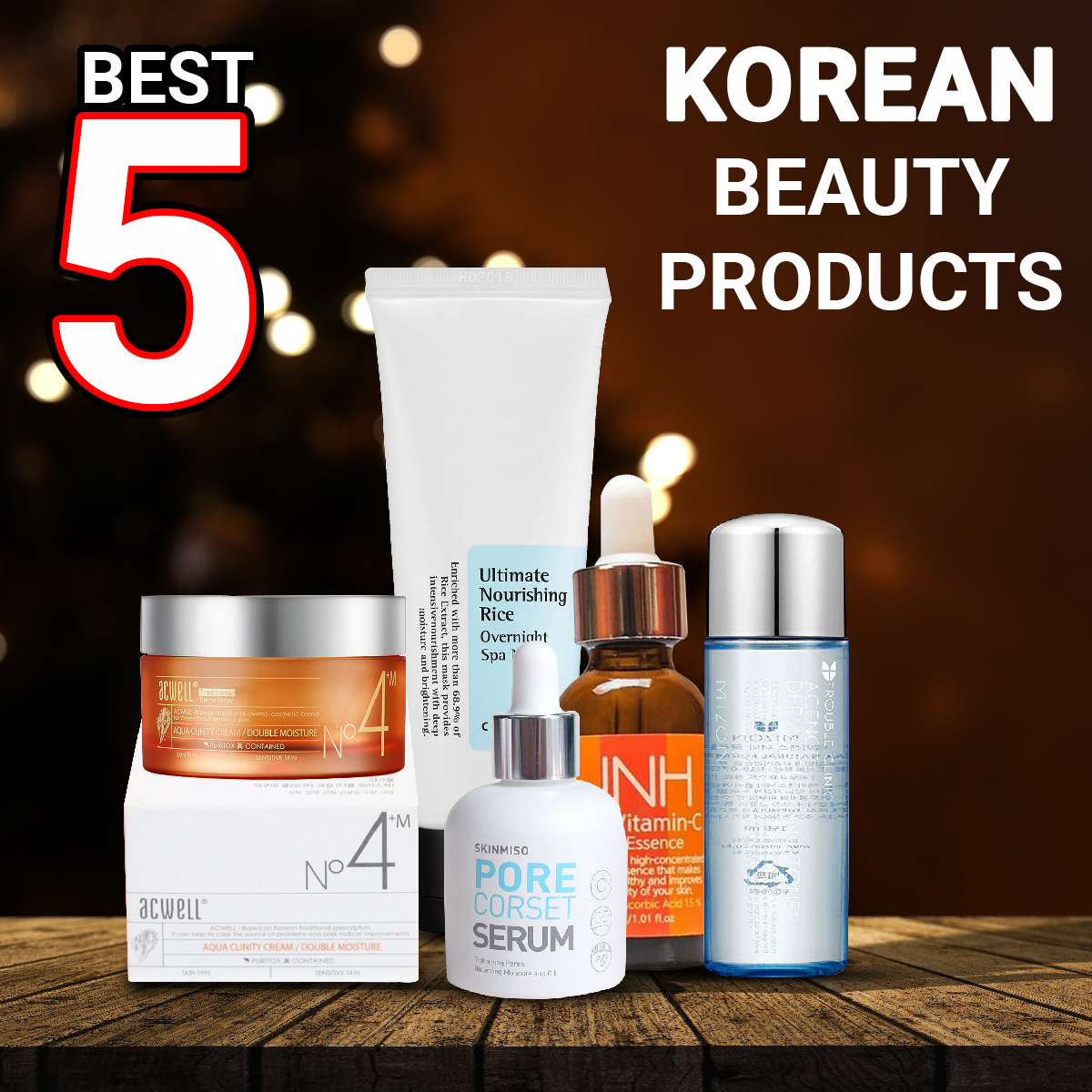
Hi ,Today I am going to write about a widely popular ingredient, ALOE VERA.
This plant has been used for centuries for its health, beauty, medicinal and skin care properties. The name Aloe vera derives from the Arabic word “Alloeh” meaning “shining bitter substance,” while “vera” in Latin means “true.” It was also called “the plant of immortality” by the Egyptians. Today, the Aloe vera plant has been used for various purposes in dermatology.
Aloe Vera Contains 75 Potentially Active Constituents. Have You Started Wondering Now ?
Hold On & Have A Look..
- Vitamins: It contains vitamins A (beta-carotene), C and E, which are antioxidants. It also contains vitamin B12, folic acid, and choline. And I have told you numerous time that antioxidant neutralizes free radicals.
- Enzymes: It contains 8 enzymes. One of them helps to reduce excessive inflammation when applied to the skin topically, while others help in the breakdown of sugars and fats.
- Minerals: It provides calcium, chromium, copper, selenium, magnesium, manganese, potassium, sodium and zinc. They are essential for the proper functioning of various enzyme systems in different metabolic pathways and few are antioxidants.
- Anthraquinones: It provides 12 anthraquinones which are traditionally known as laxatives and act as analgesics, antibacterials and antivirals.
- Fatty acids: It provides 4 plant steroids. All these have anti-inflammatory, antiseptic and analgesic properties.
- Hormones: Auxins and gibberellins that help in wound healing and have anti-inflammatory action.
- Amino Acids: It provides 20 of the 22 human required amino acids and 7 of the 8 essential amino acids.
- Salicylic acid: It also contains salicylic acid that possesses anti-inflammatory and antibacterial properties.
- Others: Lignin, an inert substance, when included in topical preparations, enhances penetrative effect of the other ingredients into the skin. Saponins that are the soapy substances form about 3% of the gel and have cleansing and antiseptic properties.
Functions of Aloe Vera
- Collagen Synthesis: Topical and oral Aloe vera significantly increases collagen synthesis. It improves the skin integrity, decreases appearance of fine wrinkle and decreases erythema.
- Scar reduction: Aloe gel not only increased collagen but also reduces scar.
- Hyaluronic acid synthesis: Increases synthesis of hyaluronic acid and dermatan sulfate in the granulation tissue of a healing wound.
- Effects on skin exposure to UV and gamma radiation: Aloe vera gel has been reported to have a protective effect against radiation damage to the skin.
- Anti-inflammatory action: Recently, the novel anti-inflammatory compound called C-glucosyl chromone was isolated from gel extracts.
- Laxative effects: Anthraquinones present in latex are a potent laxative. It increases intestinal water content, stimulates mucus secretion and increases intestinal peristalsis when taken orally.
- Anti-viral, anti-bacterial &anti-microbial activity: Aloe vera shows anti-viral, anti-bacterial & anti-microbial activity on following microorganisms such as herpes simplex, varicella zoster, influenza, streptococcus and shigella.
- Anti cancer activity: In recent studies, Aloe vera shows anticancer activity by preventing the formation of potentially cancer-initiating benzopyrene-DNA adducts.
- Moisturizing and anti-aging effect:It helps in binding moisture into the skin, softens the skin.
- Pore Care: Aloe acts as astringent to tighten pores. It also has anti-acne effect.
- Antiseptic effect:Aloe vera contains 6 antiseptic agents: Lupeol, salicylic acid, urea nitrogen, cinnamonic acid, phenols and sulfur. They all have inhibitory action on fungi, bacteria and viruses.
Side effects:
Topical: You may experience little allergic reaction. It is best to apply it to a small area first to test for possible allergic reaction.
Oral: Abdominal cramps, diarrhea, red urine, hepatitis, dependency or worsening of constipation. Prolonged use has been reported to increase the risk of colorectal cancer. Laxative effect may cause electrolyte imbalances (low potassium levels).
Contraindication:
Pregnancy and breastfeeding:
Oral aloe is not recommended during pregnancy due to theoretical stimulation of uterine contractions, and in breastfeeding mothers, it may sometime causes gastrointestinal distress in the nursing infant.
Interactions:
When taken orally It reduces the effectiveness and may increases the adverse effects of digoxin and digitoxin. Combined use of Aloe vera and furosemide may increase the risk of potassium depletion. It decreases the blood sugar levels and thus may interact with oral hypoglycemic drugs and insulin.
Looking upto the constituents it holds & function it has, hence there is no wonder in considering Aloe vera as the ‘Wonder plant’.
References:
- Atherton P. Aloe vera revisited. Br J Phytother. 1998;4:76–83.
- Shelton M. Aloe vera, its chemical and therapeutic properties. Int J Dermatol. 1991;30:679–83.
- Atherton P. The essential Aloe vera: The actions and the evidence.2nd ed 1997.
- Ro JY, Lee B, Kim JY, Chung Y, Chung MH, Lee SK, et al. Inhibitory mechanism of aloe single component (Alprogen) on mediator release in guinea pig lung mast cells activated with specific antigen-antibody reactions. J Pharmacol Exp Ther. 2000;292:114–21.
- Hutter JA, Salmon M, Stavinoha WB, Satsangi N, Williams RF, Streeper RT, et al. Anti-inflammatory C-glucosyl chromone from Aloe barbadensis. J Nat Prod. 1996;59:541–3.
- Chithra R Sajithlal GB, Chandrakasan G. Influence of aloe vera on collagen characteristics in healing dermal wounds in rats. Mol Cell Biochem. 1998;181:71–6.
- Heggers J, Kucukcelebi A, Listengarten D, Stabenau J, Ko F, Broemeling LD, et al. Beneficial effect of aloe on wound healing in an excisional wound model. J Altern Complement Med. 1996;2:271–7.
- Chithra P, Sajithlal G, Chandrakasan G. Influence of aloe vera on the glycosaminoglycans in the matrix of healing dermal wounds in rats. J Ethnopharmacol. 1998;59:179–86.
- Roberts DB, Travis EL. Acemannan-containing wound dressing gel reduces radiation-induced skin reactions in C3H mice. Int J Radiat Oncol Biol Phys. 1995;32:1047–52.
- Sato Y, Ohta S, Shinoda M. Studies on chemical protectors against radiation XXXI: Protective effects of Aloe arborescens on skin injury induced by x-irradiation. Yakugaku Zasshi. 1990;110:876–84.
- Ishii Y, Tanizawa H, Takino Y. Studies of aloe. V: Mechanism of cathartic effect. Biol Pharm Bull. 1994;17:651–3.
- Sydiskis RJ, Owen DG, Lohr JL, Rosler KH, Blomster RN. Inactivation of enveloped viruses by anthraquinones extracted from plants. Antimicrob Agents Chemother. 1991;35:2463–6.
- Kim HS, Lee BM. Inhibition of benzo [a] pyrene-DNA adduct formation by aloe barbadensis Miller. Carcinogenesis. 1997;18:771–6.
- Kim HS, Kacew S, Lee BM. In vitro chemopreventive effects of plant polysaccharides (Aloe barbadensis Miller, Lentinus edodes, Ganoderma lucidum, and Coriolus vesicolor) Carcinogenesis. 1999;20:1637–40.
- West DP, Zhu YF. Evaluation of aloe vera gel gloves in the treatment of dry skin associated with occupational exposure. Am J Infect Control. 2003;31:40–2.
- Zawahry ME, Hegazy MR, Helal M. Use of aloe in treating leg ulcers and dermatoses. Int J Dermatol. 1973;12:68–73.
- Ernst E, Fugh-Berman A. Methodological considerations in testing the efficacy of complementary/alternative treatments (CATs) Int J Alt Comp Med. 1998;16:8–10.




